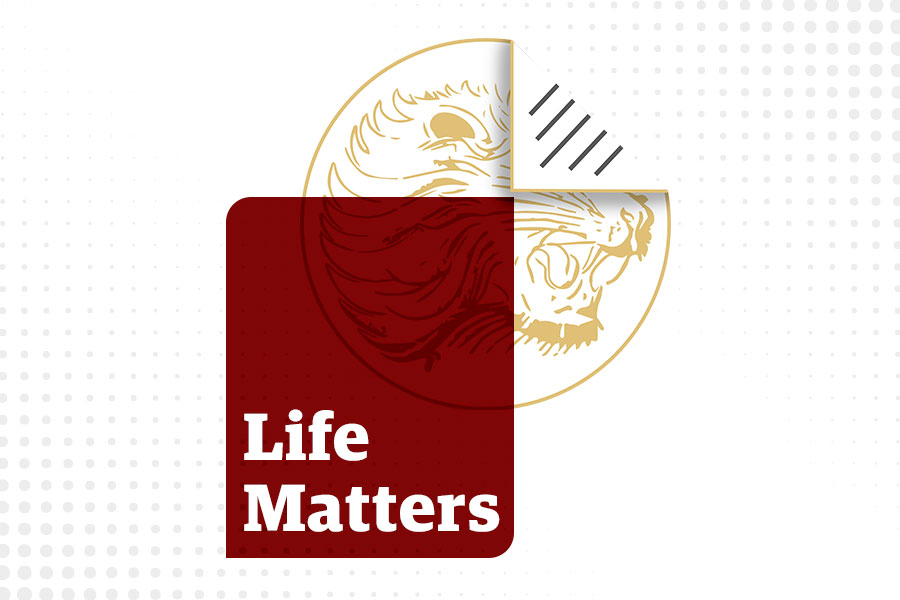
Radar | Jan 04,2020
Oct 30 , 2021
By Asegid Getachew
Organisations, like individuals, are not immune to change. External and internal factors such as obsolescence of existing technology, shift in consumer preference, and political and social demands may force them to embark on a different strategy.
The question, therefore, is not whether or not an organisation should change. This is inevitable.
But how should an organisation manage change?
Academic researchers and organisational practitioners have proposed some useful pointers. The most basic relates to the need for anticipating change and changing in the appropriate direction before it is too late. The other is understanding that successful change management requires top managers to pay due attention to the potential and real resistance from a number of stakeholders.
Organisations should have a certain level of foresight about the possible shift in technology related to their current business. Undertaking early investigation is crucial in this regard. The results of such an investigation might inform management when and how to change. Not acting at the right time might turn out to be deadly.
Firm-level cases of change management gone wrong due to failure to act on anticipated future technology are many. One of the most infamous is that of Kodak, founded in 1888 by George Eastman.
It is a company known for revolutionising the technology of photography and videography. Its inventions have made photographs a household item (the Kodak camera and the rolling film are typical examples) worldwide. The company was a leading player in its industry.
However, things started to change when it ignored the disruptive potential of digital photography, invented by an engineer working at the company. Other competitors were able to snatch its market share because they understood the potential of the new alternative. Kodak was finally forced to file bankruptcy in 2012. Saved by bankruptcy protection, it is now operating with a different core business.
“There are few corporate blunders as staggering as Kodak’s missed opportunities in digital photography, a technology that it invented," Chunka Mui, in his Forbes commentary headed “How Kodak Failed,” rightly opines. "This strategic failure was the direct cause of Kodak’s decades-long decline as digital photography destroyed its film-based business model.”
The other important issue related to change management is resistance from those who implement it and those affected by its ramifications. People who are wedded to the status quo do not want to see it change. They will do everything in their power to stop or avert a change that takes away the “as is”. Part of a manager's responsibility is to hammer on the change by bringing on board those who resist it.
The proverbial “boiling frog” is relevant here. If one puts a frog in a pot filled with boiling water, the frog immediately jumps out. But if one puts the frog in tepid water and raises the temperature gradually, the frog boils to death without even noticing it. The moral of the story: understand that change is a gradual process and be ready to deal with resistance systematically.
Mangers at the top may envision a change. But they can not expect others to buy into their idea of change and participate in its implementation immediately. Part of the change process should be to make sure that others understand the sacrifices it entails and the benefits that will eventually come.
Organisations exist in uncertain and unpredictable environments. Several incidents may push them to change. To keep at pace amid such turbulence, they should be anticipatory and proactive in their action. This requires managers to always be open to the possibility of change and commit the necessary resources before it is too late. What should come with this is the ability to effectively manage resistance from those who implement the change.
PUBLISHED ON
Oct 30,2021 [ VOL
22 , NO
1122]


Radar | Jan 04,2020

View From Arada | May 31,2025

Life Matters | Aug 19,2023

Fortune News | Feb 07,2024

Films Review | Mar 28,2020

Radar | Nov 30,2019

Fortune News | May 25,2019

Viewpoints | May 01,2020

Sunday with Eden | Aug 25,2024

Commentaries | Oct 24,2020

My Opinion | 131497 Views | Aug 14,2021

My Opinion | 127853 Views | Aug 21,2021

My Opinion | 125831 Views | Sep 10,2021

My Opinion | 123461 Views | Aug 07,2021

Dec 22 , 2024 . By TIZITA SHEWAFERAW
Charged with transforming colossal state-owned enterprises into modern and competitiv...

Aug 18 , 2024 . By AKSAH ITALO
Although predictable Yonas Zerihun's job in the ride-hailing service is not immune to...

Jul 28 , 2024 . By TIZITA SHEWAFERAW
Unhabitual, perhaps too many, Samuel Gebreyohannes, 38, used to occasionally enjoy a couple of beers at breakfast. However, he recently swit...

Jul 13 , 2024 . By AKSAH ITALO
Investors who rely on tractors, trucks, and field vehicles for commuting, transporting commodities, and f...

Jun 28 , 2025
Meseret Damtie, the assertive auditor general, has never been shy about naming names...

Jun 21 , 2025
A well-worn adage says, “Budget is not destiny, but it is direction.” Examining t...

Jun 14 , 2025
Yet again, the Horn of Africa is bracing for trouble. A region already frayed by wars...

Jun 7 , 2025
Few promises shine brighter in Addis Abeba than the pledge of a roof for every family...

Jun 29 , 2025
Addis Abeba's first rains have coincided with a sweeping rise in private school tuition, prompting the city's education...

Jun 29 , 2025 . By BEZAWIT HULUAGER
Central Bank Governor Mamo Mihretu claimed a bold reconfiguration of monetary policy...

Jun 29 , 2025 . By BEZAWIT HULUAGER
The federal government is betting on a sweeping overhaul of the driver licensing regi...

Jun 29 , 2025 . By NAHOM AYELE
Gadaa Bank has listed 1.2 million shares on the Ethiopian Securities Exchange (ESX),...